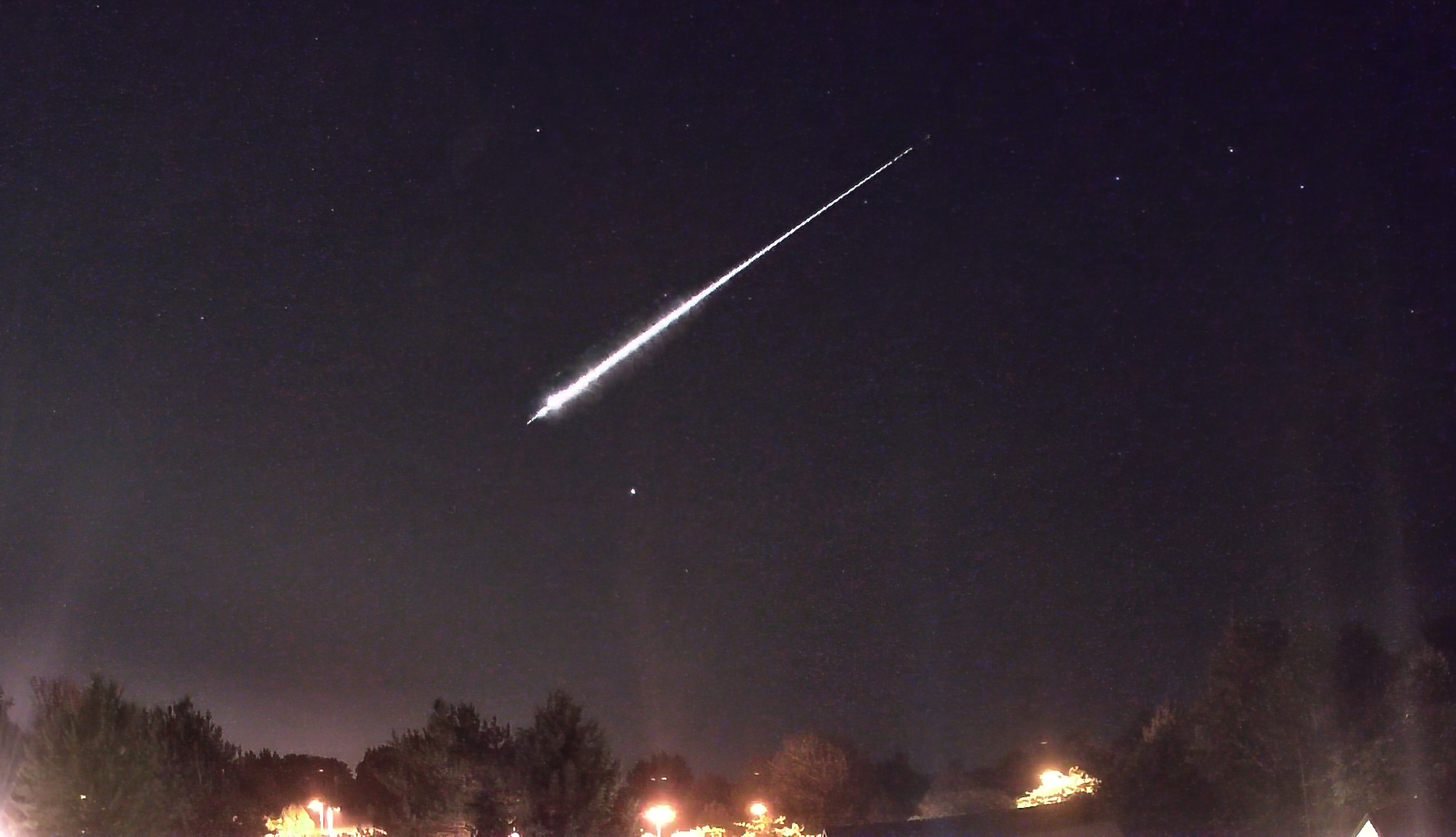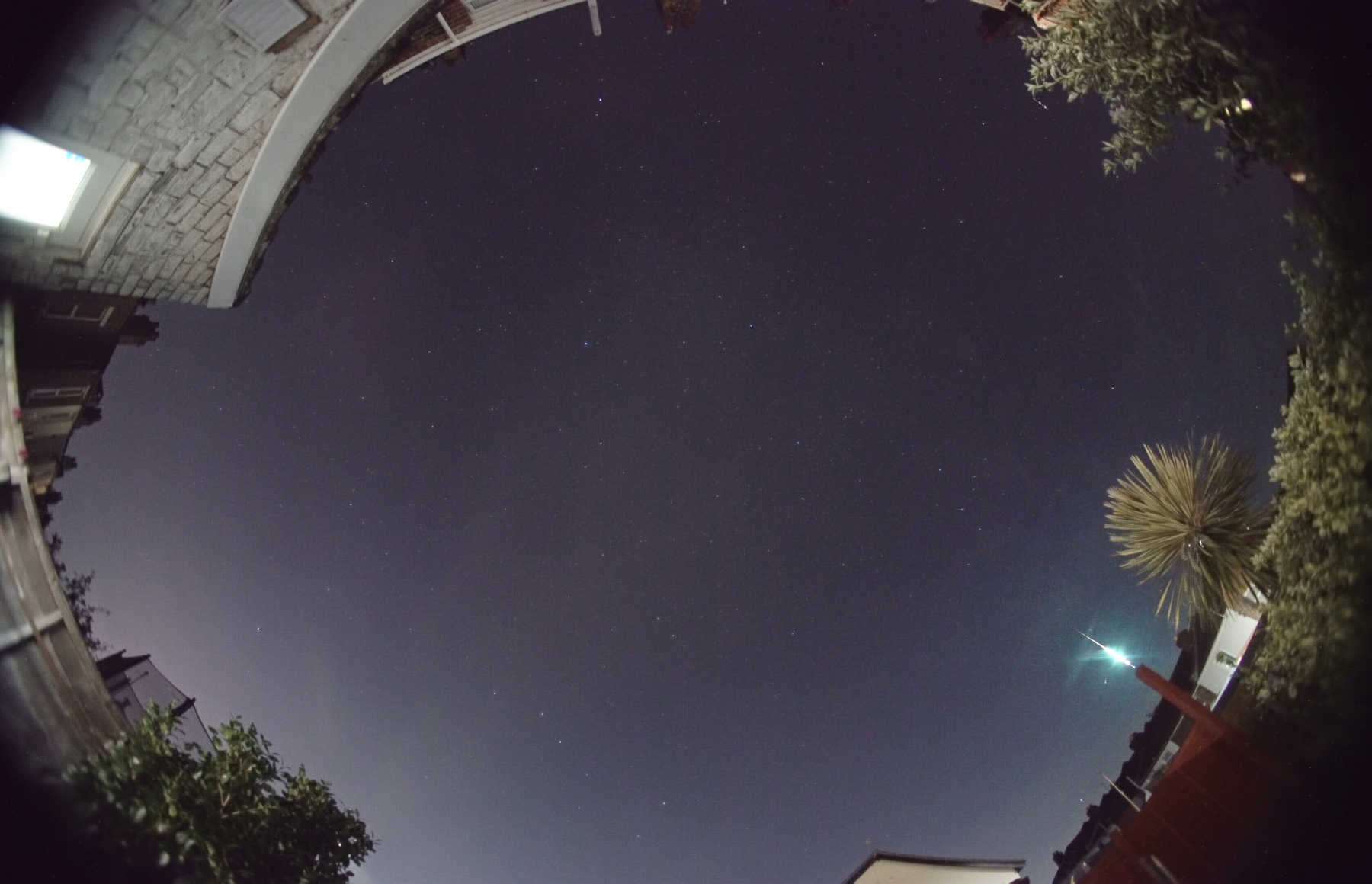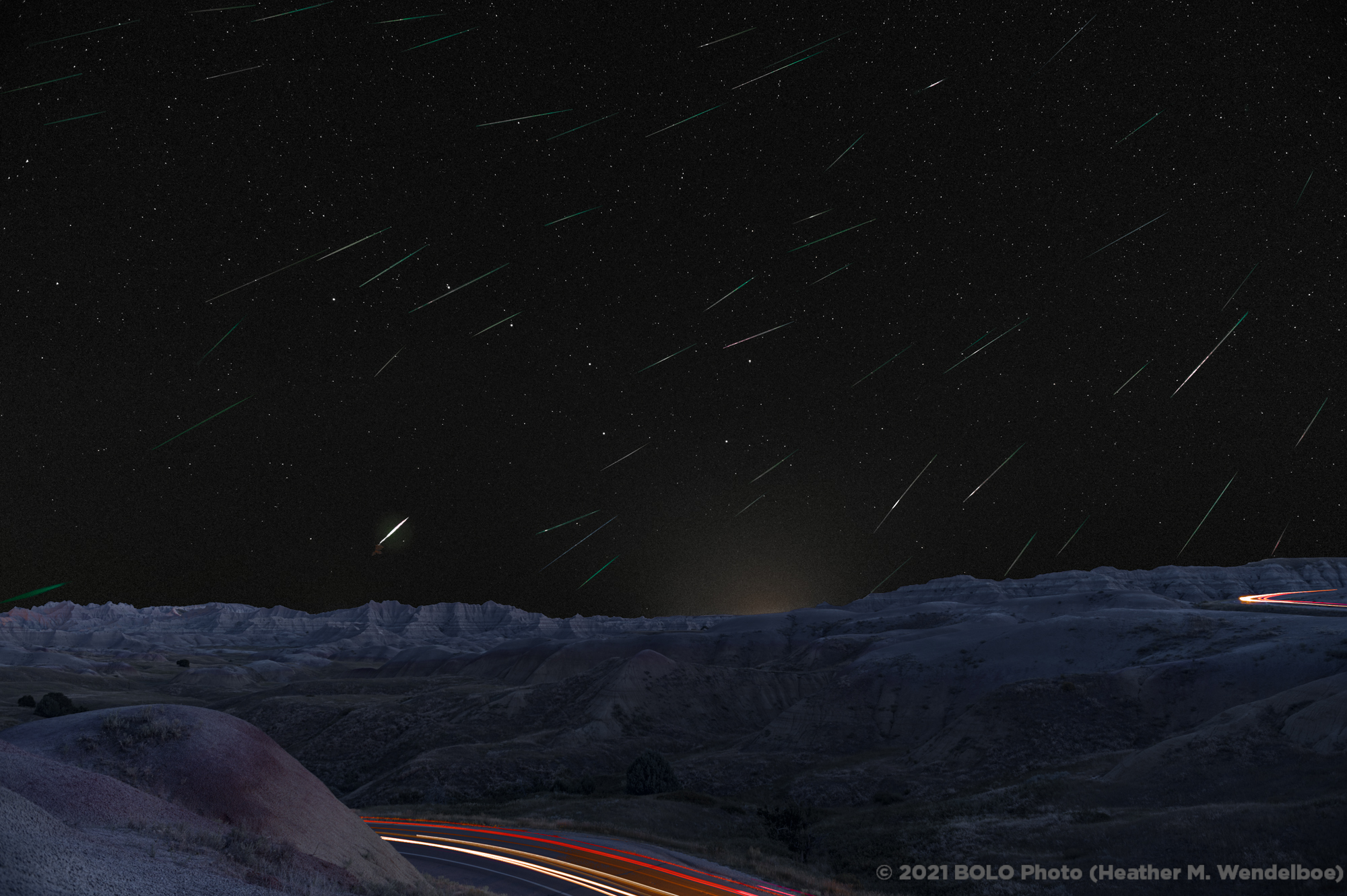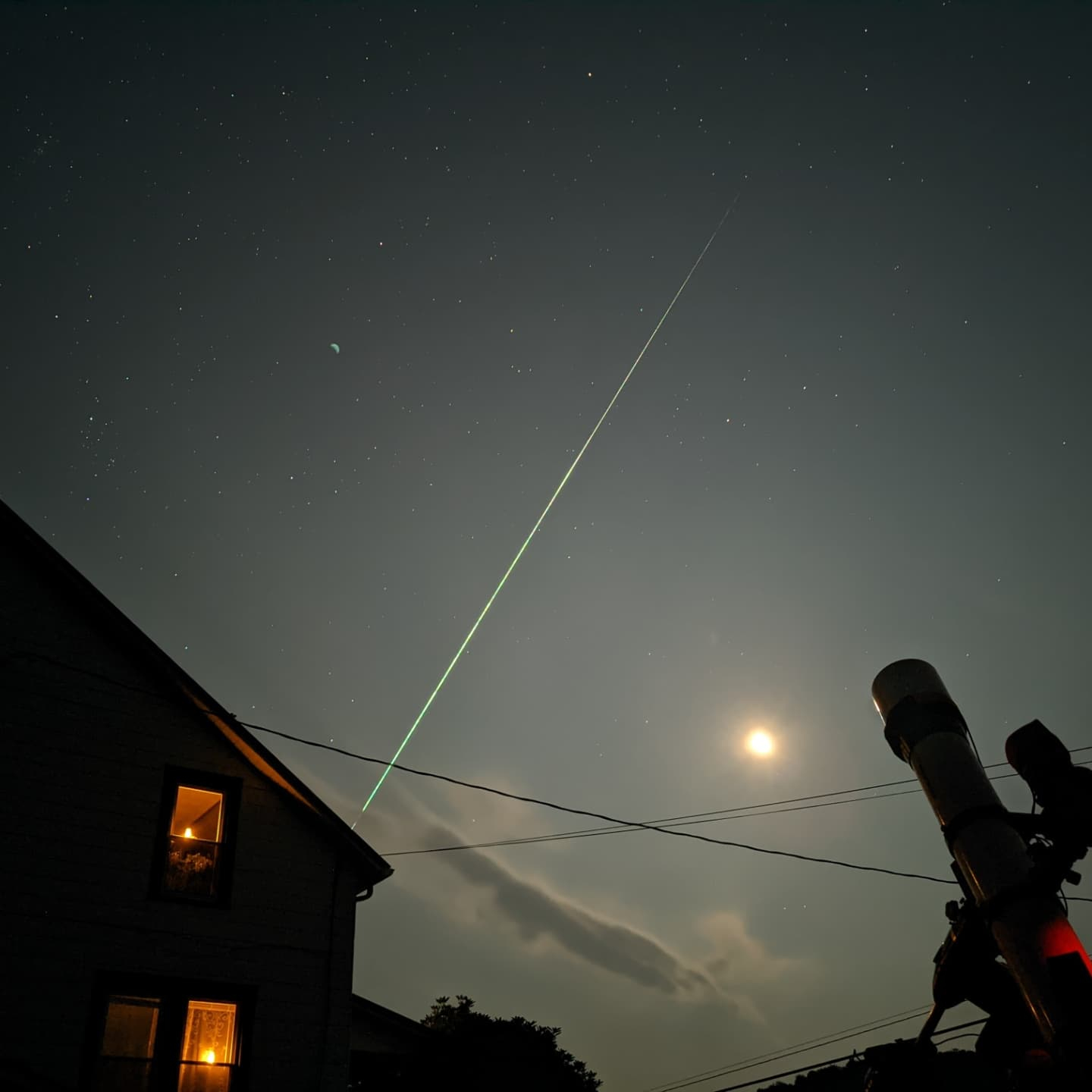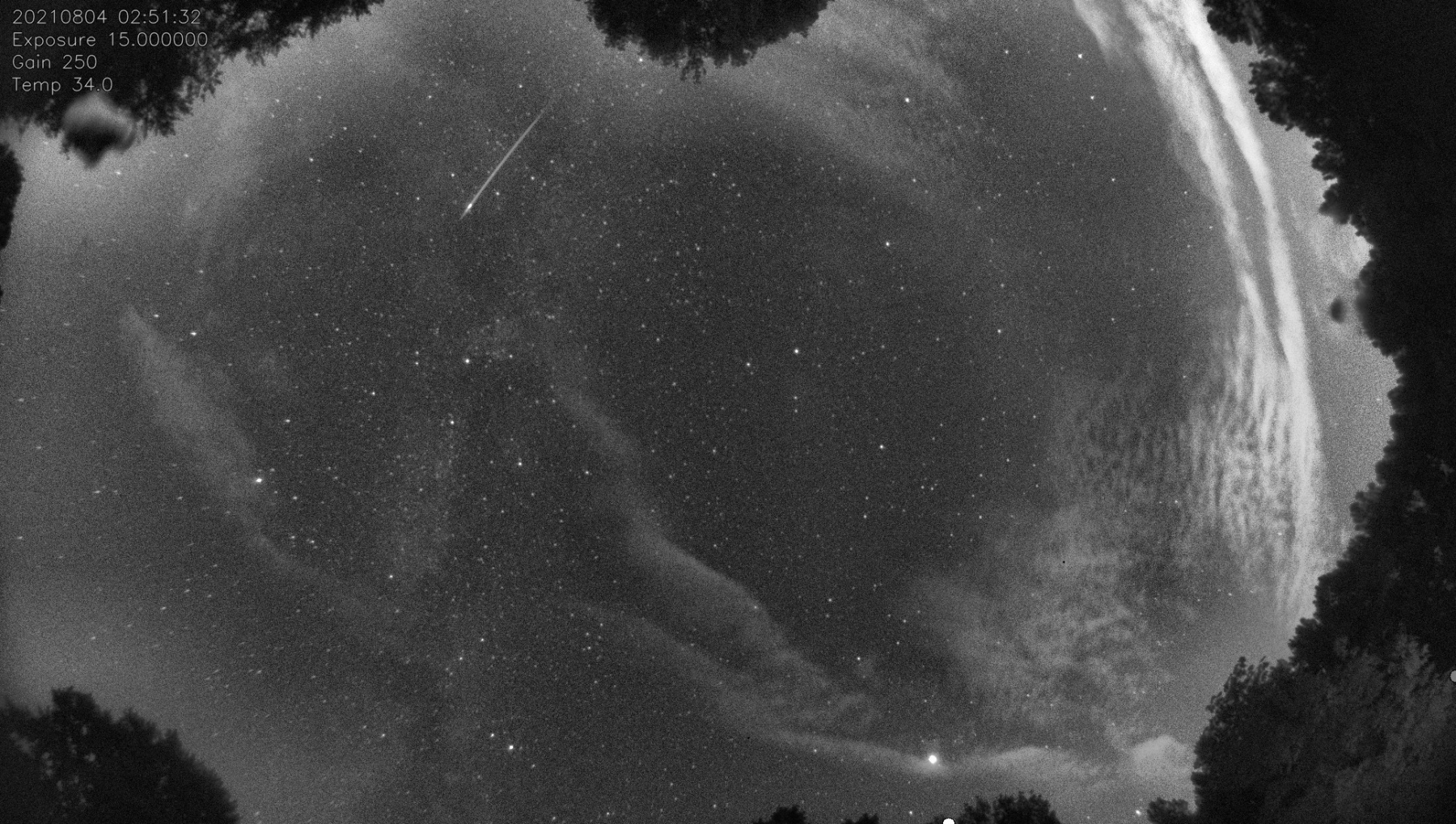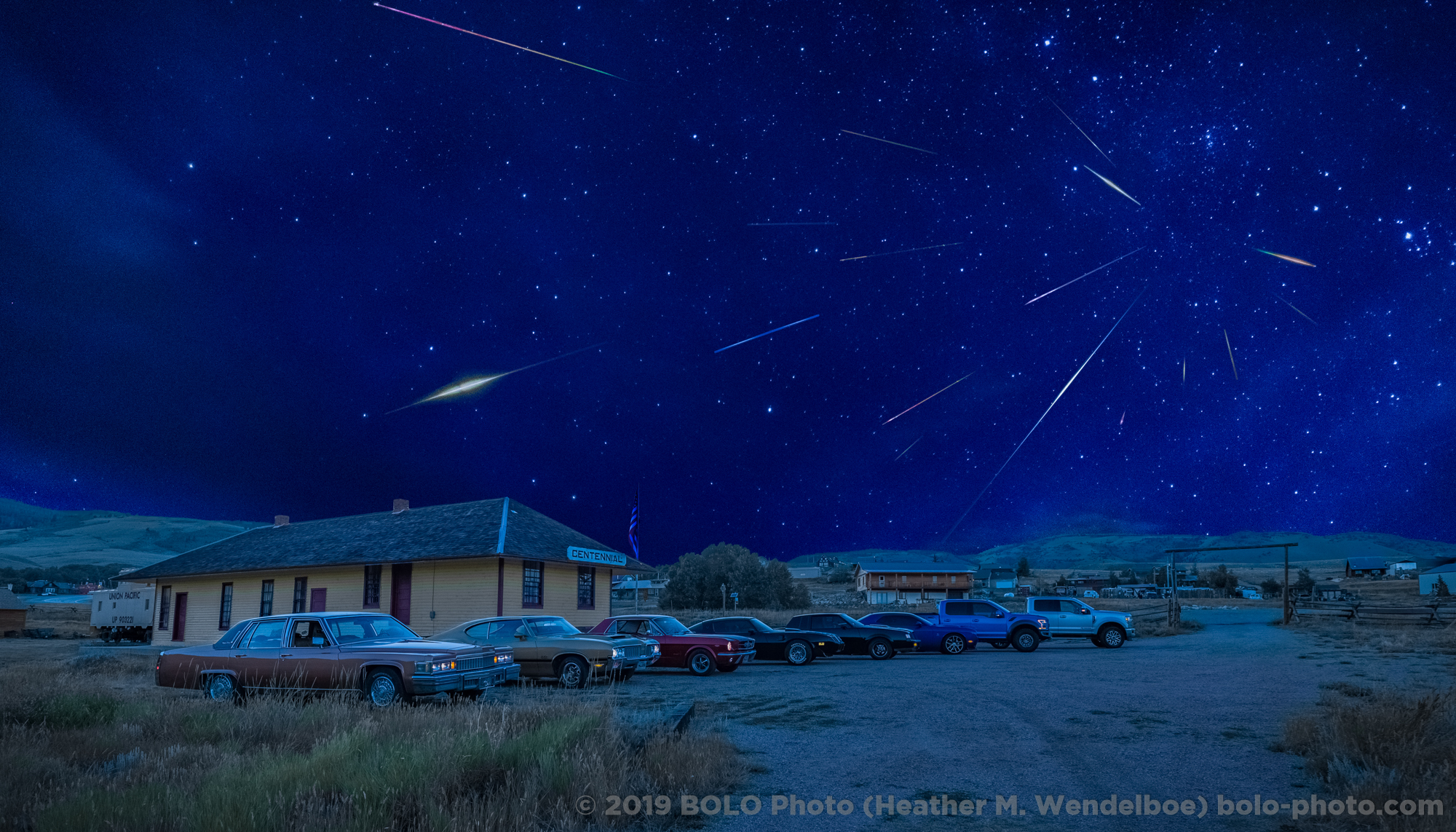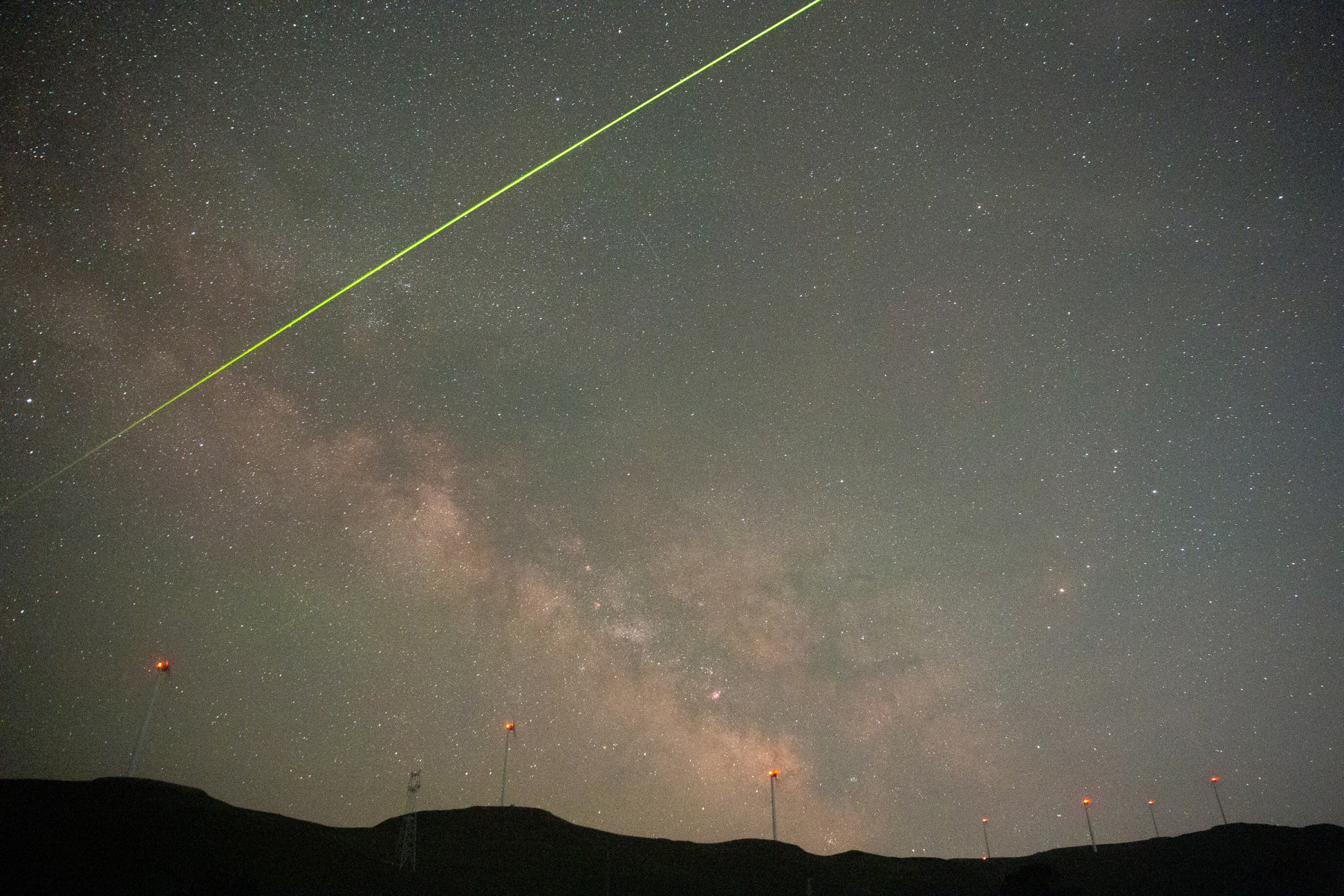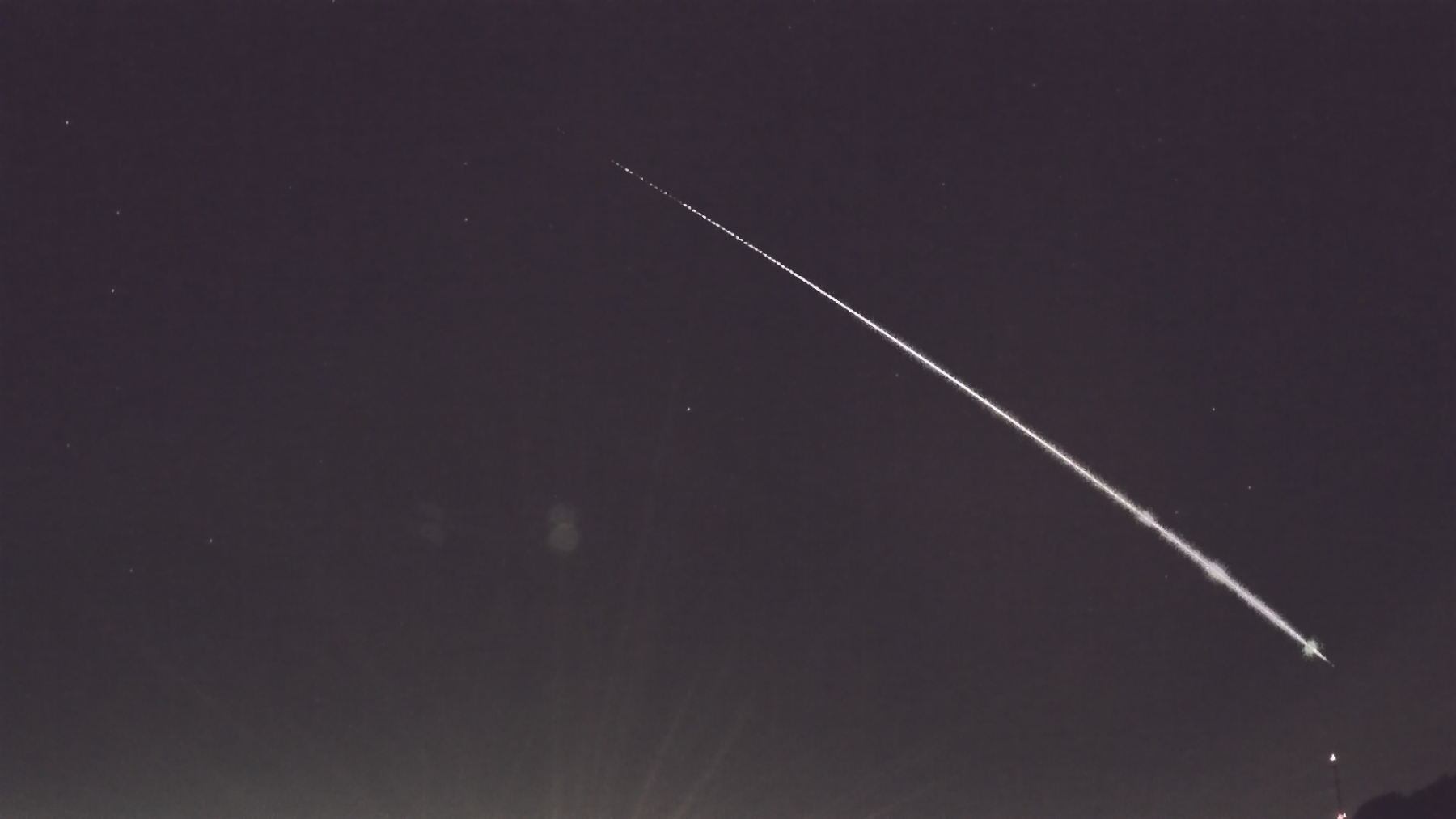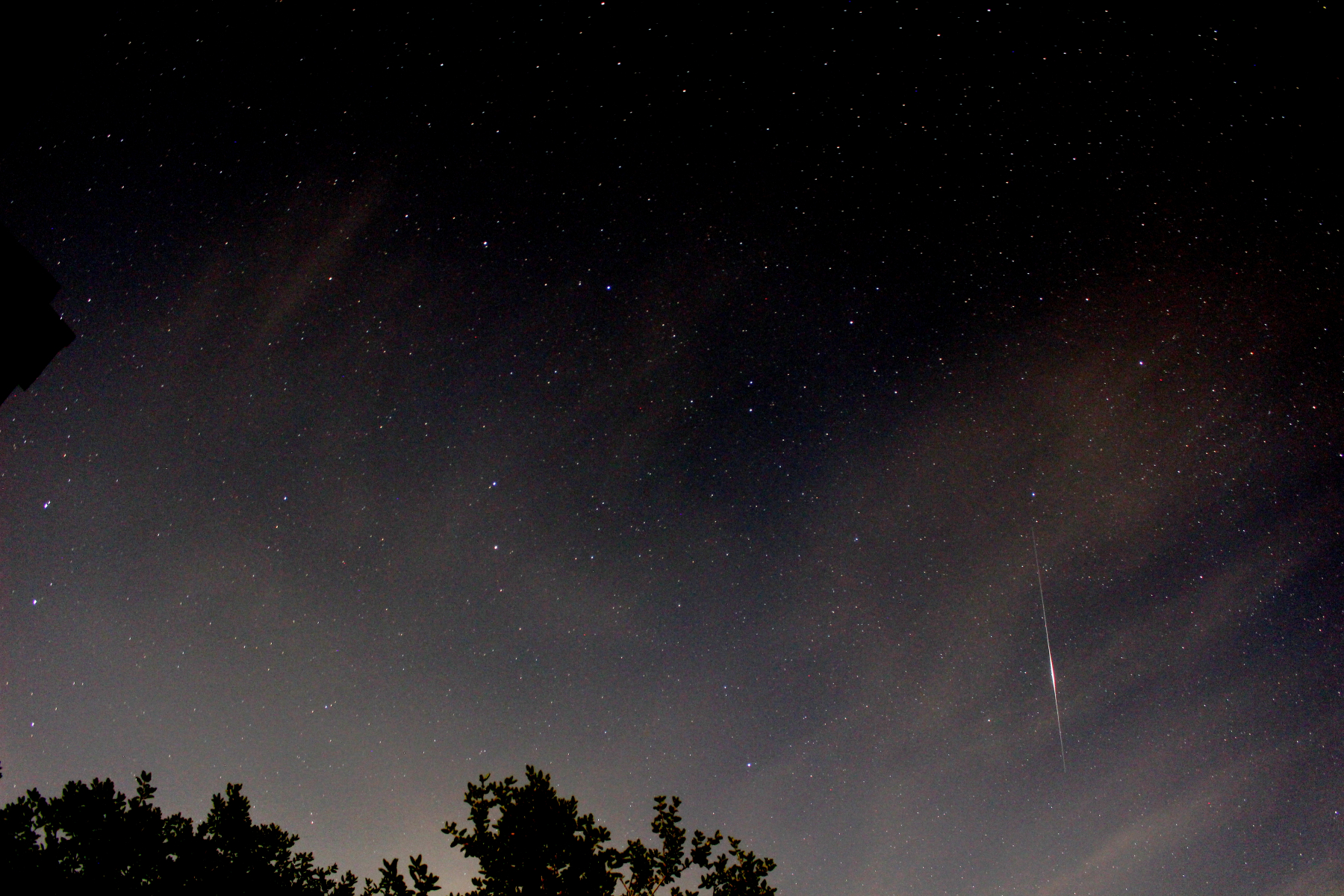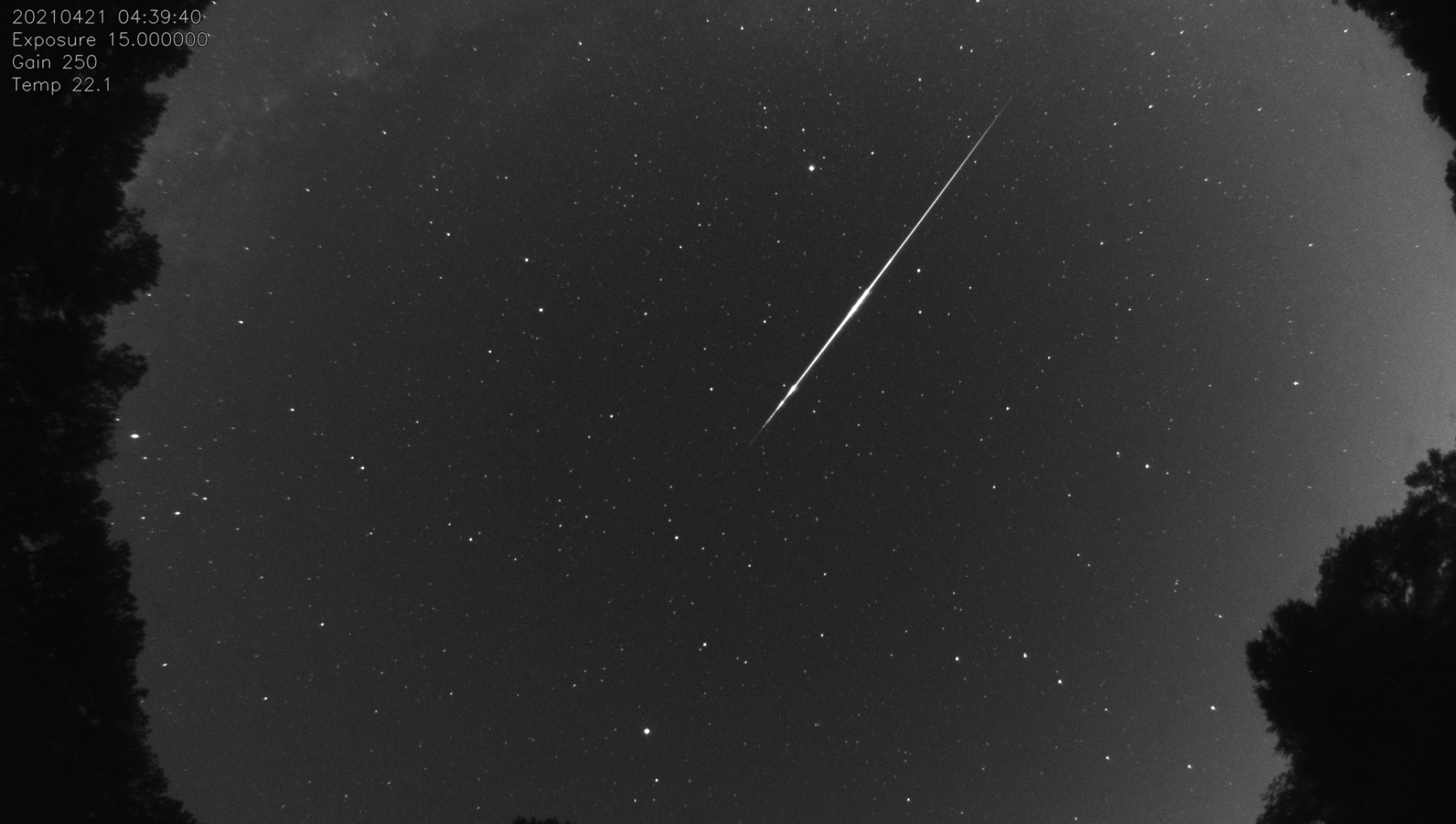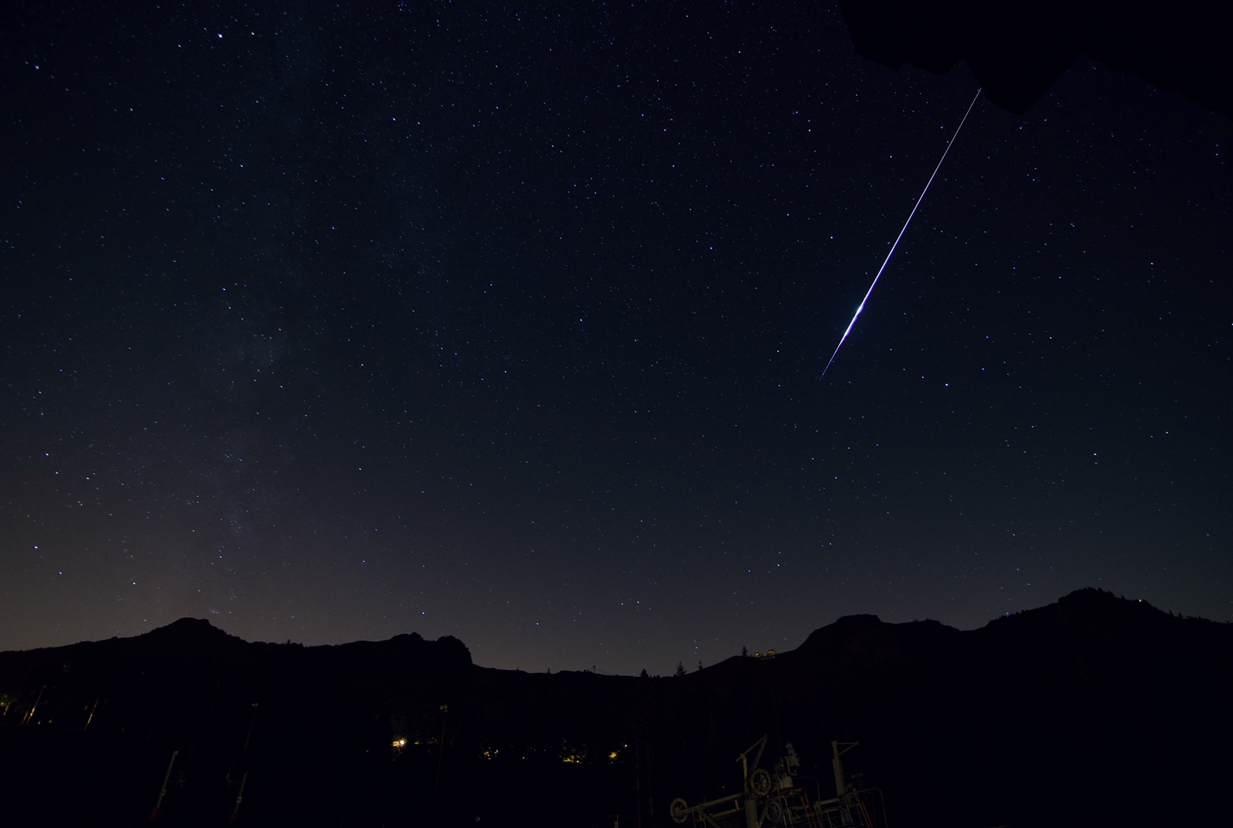
Meteor Activity Outlook for October 9-15, 2021
During this period, the moon reaches its first quarter phase on Tuesday October 12th. At that time the moon lies 90 degrees east of the sun and sets near 23:30 local daylight saving time (LDST). This weekend the waxing crescent moon will set during the evening hours and will not interfere with meteor observing, especially during the more active morning hours.
 American Meteor Society
American Meteor Society
